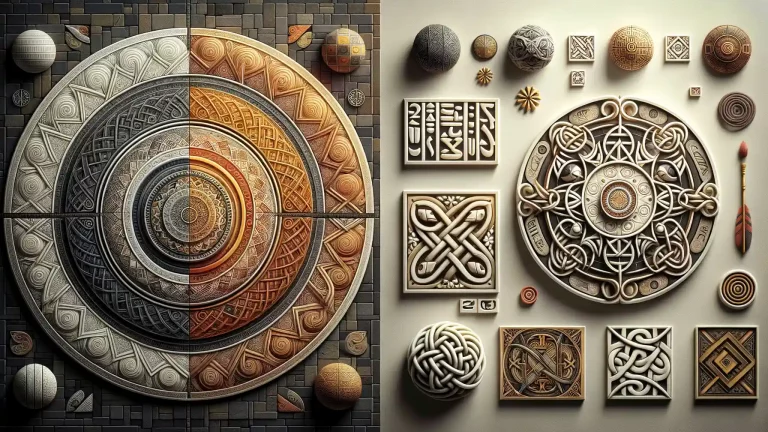The Origin and Evolution of Ancient Coinage
When Metal Gained Meaning: The Birth of Coins
Imagine a time when trade was driven by bartering—cattle for grain, wine for tools. It worked, but it wasn’t perfect. Then came a groundbreaking idea: small, standardized pieces of precious metal, portable yet valuable. The first coins were born in the ancient kingdom of Lydia (modern-day Turkey) around 600 BCE, crafted from an alloy called electrum, a natural mix of gold and silver. These pieces weren’t just money—they were revolutionary.
Soon, the idea spread like wildfire through the ancient world. In Greece, city-states began minting their own coins, each reflecting their unique identity through intricate designs. Spartans issued rough iron bars instead, while Athens adorned their coins with the owl of Athena, a wink to wisdom and wealth. It wasn’t merely an economic shift—it was cultural alchemy.
The Road From Simple Disks to Miniature Masterpieces
By Roman times, coins had evolved into miniature portraits of power. What began as crude markings on metal disks transformed into works of art showcasing emperors, gods, or victories. Here’s what changed:
- Materials: Romans expanded beyond silver and gold, introducing bronze for smaller denominations.
- Design sophistication: Faces became lifelike, inscriptions precise, and symbols brimming with political messages.
These weren’t just coins in someone’s pocket—they were political propaganda, storytelling devices, and even tools of diplomacy. When you held an ancient coin, it wasn’t just money; it whispered secrets of a vanished world.
Designs, Symbols, and Cultural Significance
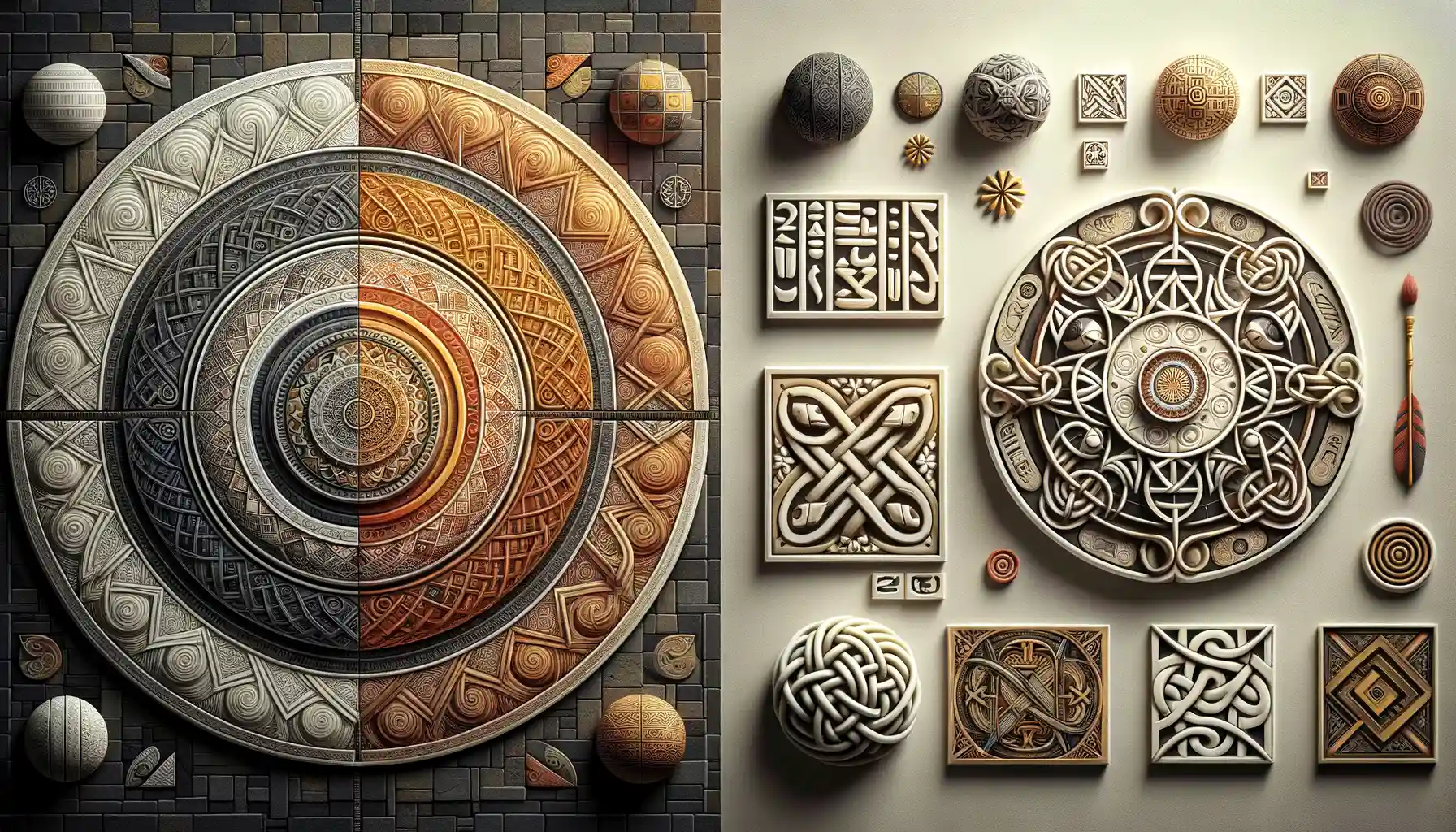
The Stories Hidden in Ancient Coin Designs
Have you ever held a coin and wondered what it was trying to tell you? Ancient Greek and Roman coins weren’t just currency; they were miniature artworks whispering the hopes, beliefs, and power of their creators. The designs etched onto these pieces carry entire worlds within them, offering a window into lives lived centuries ago.
Take, for instance, the famous Athenian owl. This humble bird perched on silver wasn’t chosen at random—it symbolized wisdom and tied directly to Athena, the city’s patron goddess. By holding such a coin, citizens connected their everyday transactions to their city’s identity, its gods, and its shared values.
Or think of Roman denarii featuring eagles soaring above. These majestic creatures didn’t soar aimlessly—they stood as strong symbols of imperial ambition, military might, and unshakable unity. Each design declared, “We are invincible.”
- Tools of propaganda: Emperors made sure their faces radiated power.
- Religious ties: Temples, gods, and mythological scenes cemented divine authority.
- Everyday life: Sheaves of wheat or ships celebrated hard work and trade routes.
Each coin was a canvas, and every symbol was a brushstroke painting pride and purpose into metal.
Key Figures and Emperors Depicted on Coins
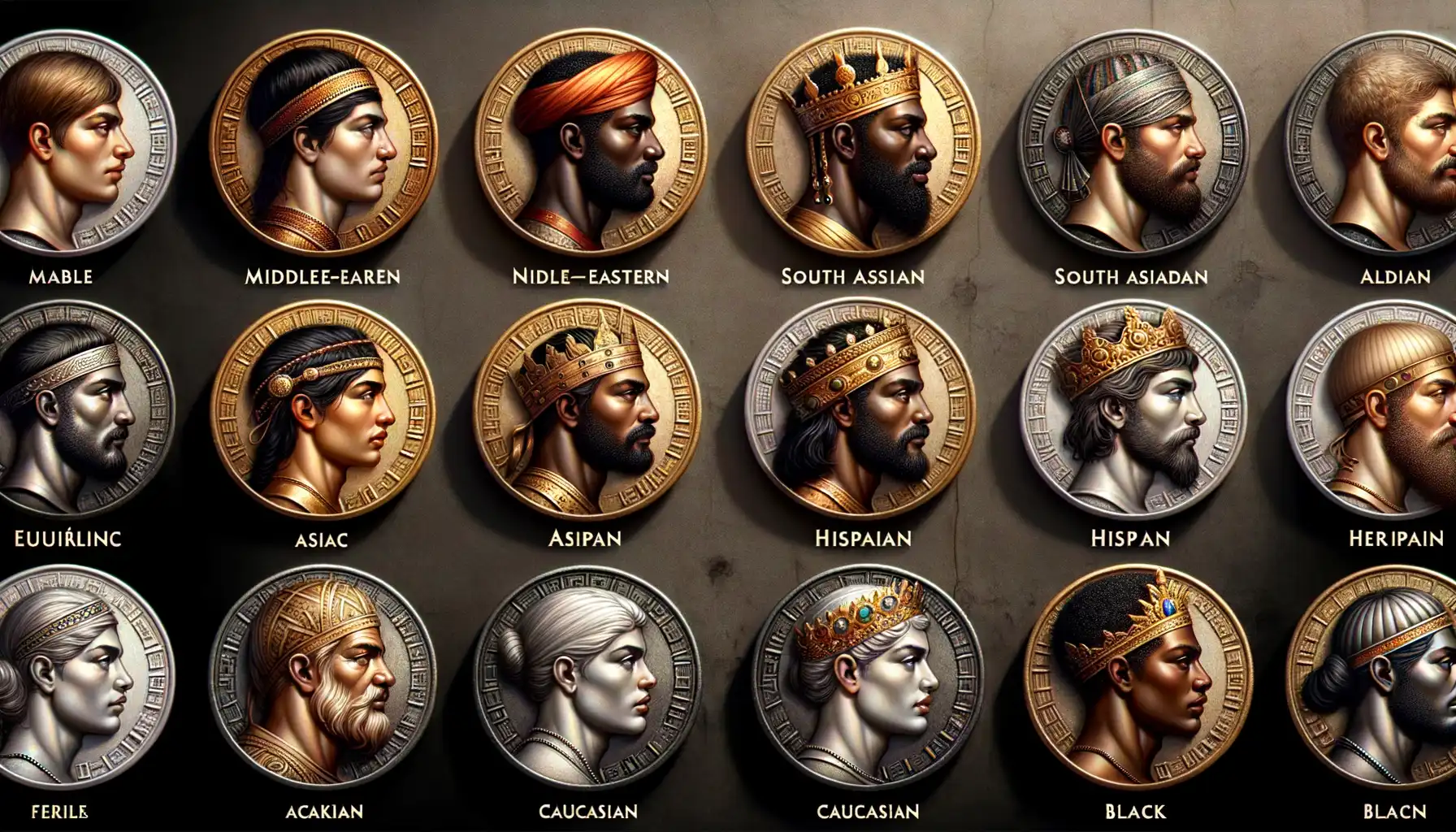
The Faces of Power and Divinity on Ancient Coins
Ancient Greek and Roman coins are like miniature time capsules, etched with the faces of those who shaped history. Imagine holding a coin engraved with the sharp, commanding profile of Alexander the Great, his lion-like gaze staring back across centuries. These weren’t just currency; they were propaganda in your pocket, whispering stories of rulers who claimed divine favor or unstoppable might.
In the Roman Empire, coins became the Instagram of their era—flashing the proud visage of emperors like Augustus or the fiery, unpredictable Nero. Augustus was no fool; his coins showed him as calm and almost godlike, reinforcing his image as the bringer of the Pax Romana. On the other hand, Nero’s coins often flaunted his achievements, like rebuilding Rome after the great fire—in convenient contrast to what historians say about his role in that disaster.
- Athena and her helmeted wisdom often graced Greek drachmae.
- The radiant sun-crowned portrait of Helios spread rays of prosperity.
- Roman denarii? They could feature Jupiter, thunderbolt in hand, as protector of the state.
Coins didn’t just show rulers; they also gave a nod to gods and myths, turning commerce into an act of devotion.
Methods of Coin Production in Ancient Times
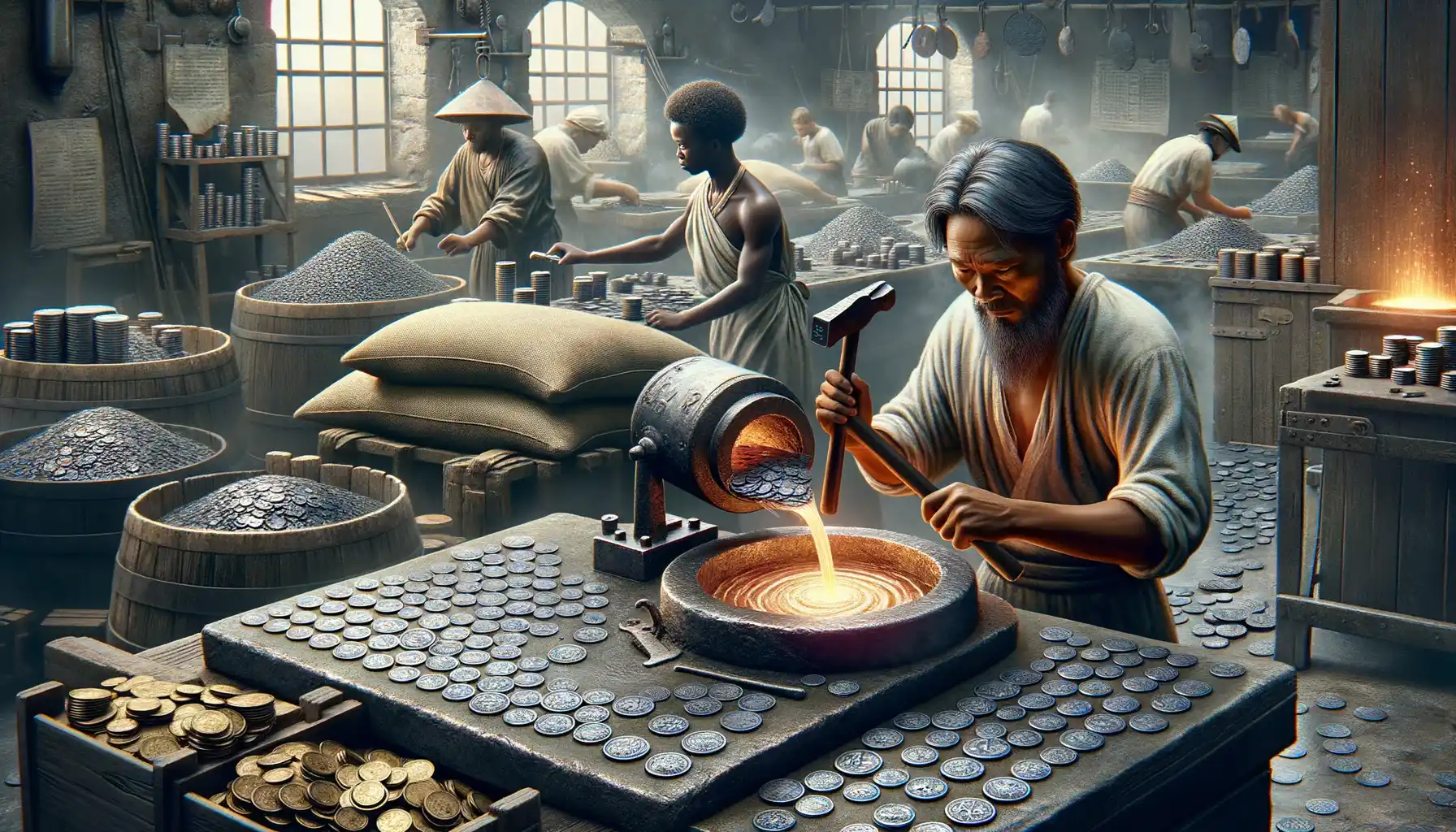
The Hands-On Crafting Process of Ancient Coins
Ever wondered how ancient artisans transformed lifeless chunks of metal into dazzling coins? It wasn’t magic—it was sheer craftsmanship, sweat, and ingenuity. Picture this: a bustling workshop, the clang of tools echoing, and skilled hands working tirelessly.
The process began with raw materials like gold, silver, or bronze, melted down in smelting furnaces. Once liquid, the molten metal was poured into molds to cool. These molds weren’t anything fancy—simple, often hand-carved, and yet they held the weight of economies. When hardened, the metal was extracted and cut into blanks, also called planchets.
Now, here’s where the artistry truly came alive: engraving. Craftsmen painstakingly carved designs into dies, which acted like stamps. Each die was unique, capable of transforming an ordinary piece of metal into a masterpiece. Using hammers, the planchets were struck between the dies, imprinting intricate imagery—think majestic gods, powerful emperors, or symbolic animals.
- Hand-Held Dies: Coins were struck by placing the die against the blank and pounding it manually.
- Cast Coins: Simpler designs involved pouring molten metal directly into pre-carved molds.
Isn’t it incredible to think these ancient processes shaped pieces of history that we still marvel at today? Every coin tells a story, crafted with care and precision, carrying whispers of its time.
The Role of Coins in Trade and Economic Systems
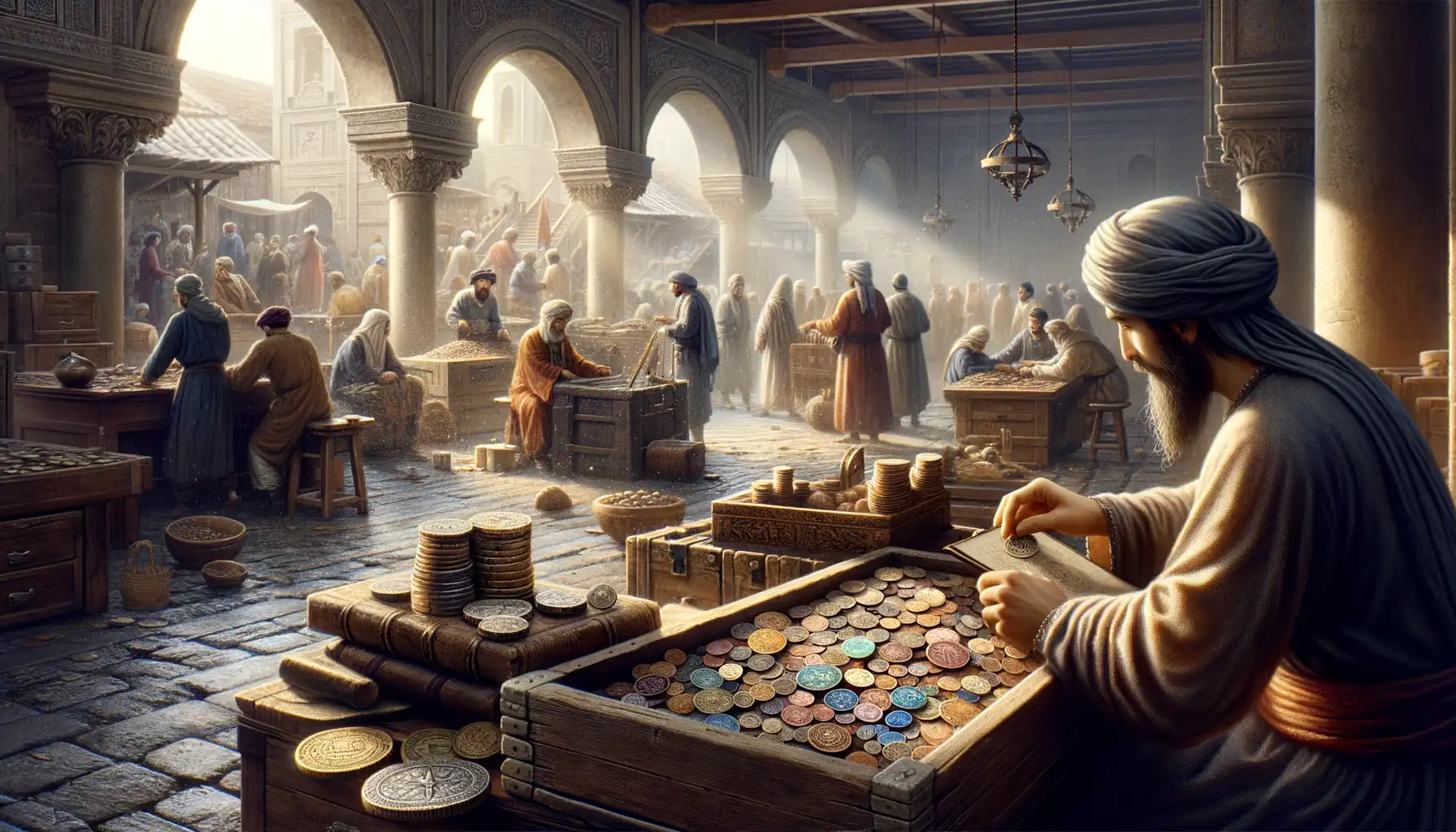
Coins: The Lifeblood of Trade in the Ancient World
Picture bustling ancient marketplaces: merchants shouting their prices, sailors unloading goods, and farmers haggling over grains. In the center of it all? Coins. These small, gleaming pieces of metal weren’t just currency—they were the glue that held entire economies together. Without them, trade would’ve been an exhausting barter system: “I’ll give you two goats for your sack of grain…but what if you don’t like goats?” Enter the coin, a universal solution to an age-old problem.
Coins allowed city-states and empires to expand trade beyond borders. A Roman denarius or an Athenian drachma was recognized far and wide, making it easier to buy olive oil in Athens or spices from distant lands. Think of them as the ancestors of today’s global currencies.
- Standardized value: Everyone knew what a silver coin was worth, reducing disputes.
- Portability: A pouch of coins could replace a full cart of trade goods.
- Trust: A stamped coin guaranteed authenticity—much harder to fake than promises!
Coins didn’t just power local markets; they linked continents. They helped build empires and paved roads (literally, in some cases!) for global exchange, one shimmering piece at a time.

